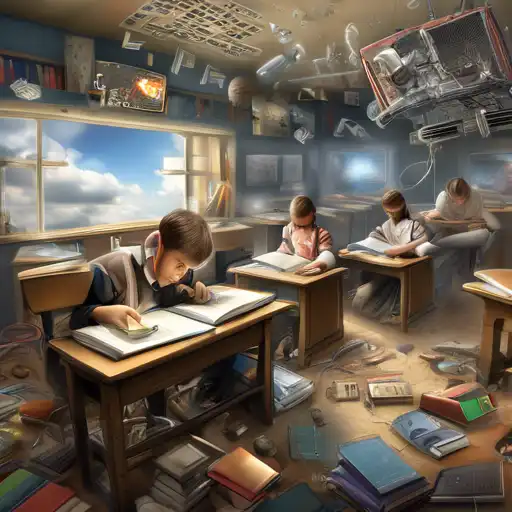The Role of Technology in Shaping Modern Learning
In the past few decades, technology has revolutionized every aspect of our lives, including the way we learn and teach. The impact of technology on modern education is profound, offering new opportunities for learning and teaching that were unimaginable just a few years ago. From digital classrooms to online resources, technology is making education more accessible, engaging, and effective for students around the globe.
Enhanced Learning Experiences
Technology has transformed traditional learning environments into dynamic spaces where students can interact with content in innovative ways. Interactive whiteboards, educational apps, and virtual reality (VR) are just a few examples of how technology is enhancing the learning experience. These tools not only make learning more engaging but also cater to different learning styles, ensuring that every student can benefit.
Accessibility and Flexibility
One of the most significant impacts of technology on education is the increased accessibility and flexibility it offers. Online courses and digital resources allow students to learn at their own pace, on their own schedule, and from anywhere in the world. This is particularly beneficial for those who may not have access to traditional educational institutions due to geographical or financial constraints.
Collaboration and Communication
Technology has also improved collaboration and communication among students and teachers. Platforms like Google Classroom and Microsoft Teams enable seamless sharing of resources, assignments, and feedback, fostering a more collaborative learning environment. Additionally, social media and forums provide spaces for students to discuss ideas and seek help outside the classroom.
Preparing Students for the Future
By integrating technology into education, we are preparing students for a future where digital literacy is paramount. Skills such as coding, digital communication, and online research are becoming increasingly important in the workforce. Early exposure to these technologies ensures that students are well-equipped to navigate the challenges of the modern world.
Challenges and Considerations
Despite its many benefits, the integration of technology in education is not without challenges. Issues such as digital divide, privacy concerns, and the need for teacher training must be addressed to fully realize the potential of technology in education. It is essential to strike a balance between traditional teaching methods and technological innovations to create a holistic learning environment.
In conclusion, the impact of technology on modern education is undeniable. It has opened up new avenues for learning, made education more accessible, and prepared students for the future. However, it is crucial to navigate the challenges carefully to ensure that technology serves as a tool for enhancing education rather than a barrier. As we move forward, the continued evolution of technology promises even more exciting possibilities for the field of education.
